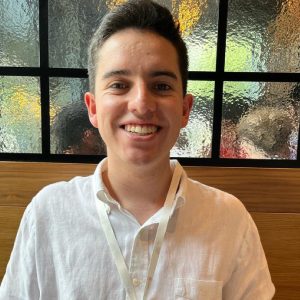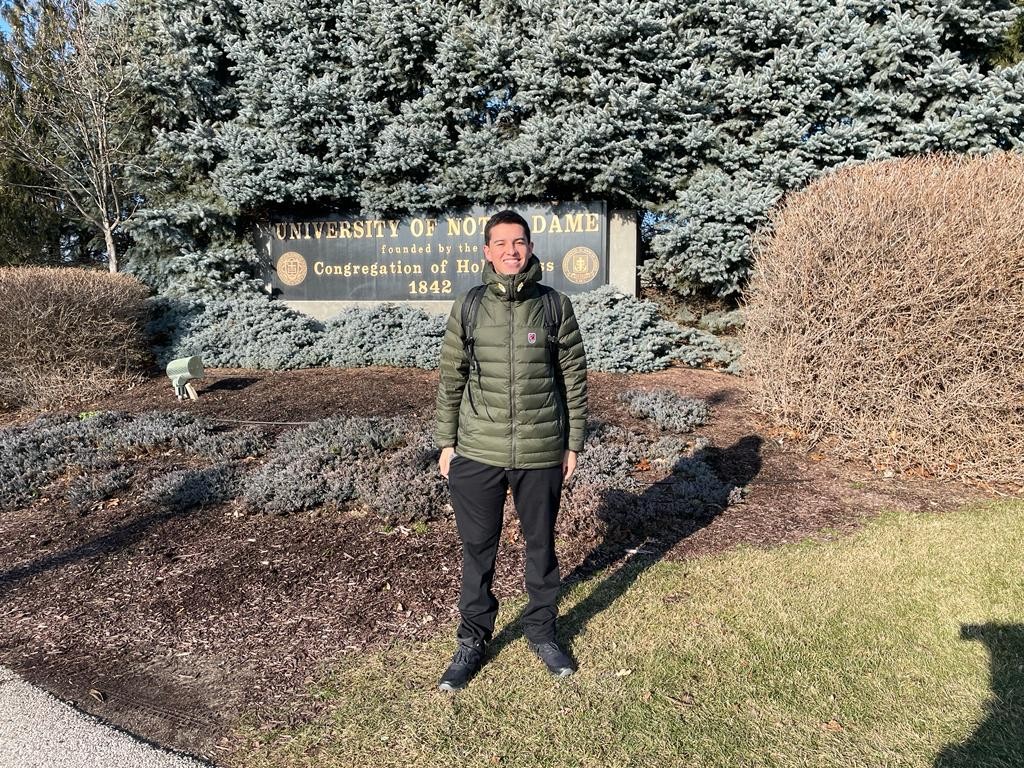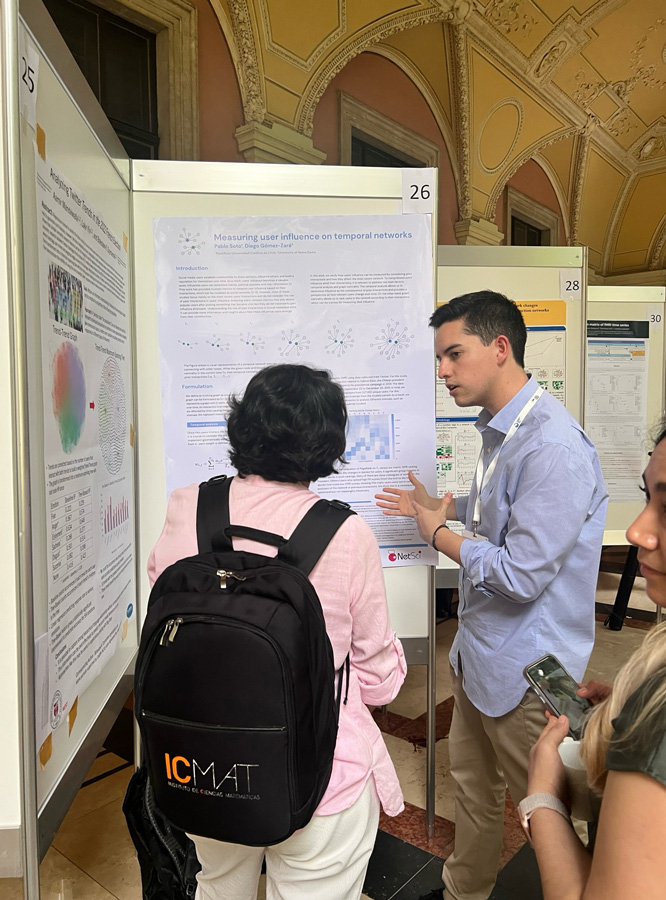Mechanical Engineering Student
Department of Computer Science and Engineering, University of Notre Dame
Additional articles
Portada » Metrics and analysis of user influence on social media over time

Computer Engineering Student
Some share photos, videos, data, and even political opinions and analysis. Others, although they do not share their own content, consume what others generate and are influenced by them. Today, it is difficult to think of an area of reality that is not shaped by these platforms: social relationships, contingency, product sales, disclosure, or parenting, to name just a few. In this context, having tools to analyze what happens in this virtual space and how users can influence others is essential for a real understanding of the power that this form of interaction has in today’s society.
Undergraduate student Pablo Soto, as part of the international research internship program “The Bridge”, worked with Professor Diego Gómez-Zará at the University of Notre Dame on analyzing and measuring the influence of users of social media platforms. Unlike other studies, they did not focus only on the most recent interactions or personal information shared by users, but rather on their influence over time, beyond viral posts. The objective was to consider a timeline of interactions between users and measure the evolution of their influence and the development of a reputation. This is important because user influence is a valuable asset that can shape trends, political opinions, and also spread misinformation.

To this end, they evaluated the significance of individuals in a social network by analyzing the structures of connections and interaction networks, without focusing on the content itself. To understand user influence, two main factors were examined: temporal analysis, which allows evaluating the influence according to past interactions and providing a perspective on how it can change over time, and centrality, from graph theory, to rank users in the network according to their interactions. Thus, using a Weighted Page Rank algorithm we sought to evaluate the centrality of users in the temporal network, using a score to measure their influence. To test the metric, they worked with a first dataset extracted from the social network period between September 23 and December 20, and interactions were filtered according to keywords. Finally, 6,530,536 interactions were considered, from 327,282 users, and after carrying out the temporal analysis, it was proven that the methodology allows us to distinguish between users with a momentary (viral) influence, and others with a more permanent influence.
In addition to the knowledge gained during this project, the experience at The Bridge program gave Pablo the opportunity to deepen his research interests at a leading university in the U.S, under the guidance of a mentor who gave him the freedom to choose the topics that motivated him the most.

Computer Engineering Student
Computer Engineering Student
Department of Computer Science and Engineering, University of Notre Dame


Thanks to his work with Professor Gómez-Zará, Pablo had the opportunity to attend the NetSci conference in Vienna in 2023, where he presented his results to a global audience of Network Science researchers from various fields.